Circuit Description
Normally, switches, accelerators, and other components are connected to the engine control module (ECM) directly through individual wires. Multiplexing allows those same components to be hard wired to an OEM vehicle electronic control unit (VECU) or transmission electronic control unit (ECU) in the cab. Then component values and states from components such as sensors, accelerators, and switches can be transmitted from the OEM VECU to the Cummins? ECM over the SAE J1939 datalink.
Messages sent from OEM VECUs or transmission ECUs are received by the Cummins? ECM and used for controlling the engine. The Cummins? ECM and OEM VECU(s) must be configured properly so that proper operation of the multiplexed components will occur.
Component Location
The SAE J1939 data link wiring and the SAE J1939 devices vary by OEM options.
Conditions for Running the Diagnostics
This diagnostic runs continuously when the keyswitch is in the ON position or when the engine is running.
Conditions for Setting the Fault Codes
The ECM received a message from the OEM VECU via the J1939 data link indicating the remote throttle SIGNAL wire or enable switch was shorted high or shorted low.
Action Taken When the Fault Code is Active
The ECM illuminates the amber CHECK ENGINE lamp immediately after the diagnostic runs and fails.
The multiplexed device will not operate.
Conditions for Clearing the Fault Code
To validate the repair, perform a key cycle, start the engine, and let it idle for 1 minute.
The fault code status displayed by INSITE? electronic service tool will change to INACTIVE immediately after the diagnostic runs and passes.
The ECM will turn off the amber CHECK ENGINE lamp immediately after the diagnostic runs and passes. For on-board diagnostics (OBD) engines, the ECM will extinguish the malfunction indicator lamp (MIL) after three consecutive trips where the diagnostic runs and passes.
The Reset All Faults command in INSITE? electronic service tool can be used to clear active and inactive faults, as well as extinguish the MIL for OBD applications.
Shop Talk
This fault can occur when the OEM VECU detects an error on the remote throttle and or remote throttle enable switch. The ECM has been set up properly (components enabled and OEM VECU source addressed correctly) to receive multiplexed information for the remote throttle enable switch states and remote accelerator position over the J1939 data link from an OEM VECU, and the OEM VECU is transmitting the message for that component. Most OEM VECUs will not have the circuitry to detect a remote throttle switch error.
The two types of errors that can occur for this fault are:
The OEM VECU determines that the remote throttle signal line is shorted high or shorted low. This fault status is transmitted to the Cummins? ECM on the J1939 data link, which causes this fault to occur in the Cummins? ECM.
When the remote throttle enable switch has a shorted high or shorted low error detected by the OEM VECU, this fault status is transmitted to the ECM on the J1939 data link, which causes this fault to occur in the ECM. Most OEM VECUs will not incorporate fault detection on a switch.
Reference the appropriate OEM wiring diagram when troubleshooting circuits that utilize wiring supplied by the OEM.
Possible Cause:
1) OEM issue
2) ECM calibration


 AGCO
AGCO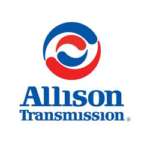 ALLISON
ALLISON BENDIX
BENDIX BOBCAT
BOBCAT CAT
CAT CLAAS
CLAAS CNH
CNH DAF
DAF DETROIT
DETROIT EATON
EATON FREIGHTLINER
FREIGHTLINER HINO
HINO HITACHI
HITACHI ISUZU
ISUZU JCB
JCB JOHN DEERE
JOHN DEERE JPRO
JPRO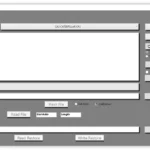 MAGIC TUNER
MAGIC TUNER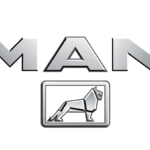 MAN
MAN Navistar
Navistar PACCAR
PACCAR PERKINS
PERKINS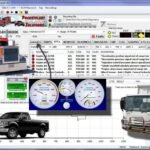 PF DIAGNOSE
PF DIAGNOSE PSI POWERLINK
PSI POWERLINK RENAULT
RENAULT SCANIA
SCANIA THERMO KING
THERMO KING UD NISSAN
UD NISSAN VOLVO
VOLVO WABCO
WABCO ZF TESTMAN
ZF TESTMAN
 BELL
BELL BENDIX
BENDIX BOBCAT
BOBCAT CARRIE
CARRIE DAF
DAF DETROIT
DETROIT EATON
EATON FUSO
FUSO MACK
MACK
 Cumminz
Cumminz ISB4.5 CM2150
ISB4.5 CM2150 All Engines (2017 Emissions)
All Engines (2017 Emissions) PACCAR
PACCAR

![The DOOSAN ELECTRONIC MARINE & GENERATOR ENGINE ANALYZER 01.04 [2024.04] is an essential software tool for the maritime industry. It provides real-time performance monitoring and advanced diagnostic features for marine generators. This updated version enhances user experience and compatibility with a broader range of marine engines. Its improved tools support predictive maintenance and detailed reporting, helping operators optimize efficiency and reduce costs.](https://ecmtrucks.com/wp-content/uploads/2024/08/66-2-300x226.png)
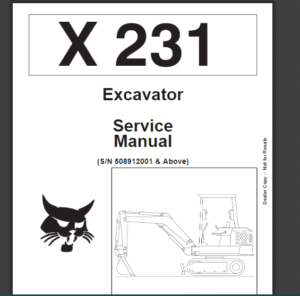
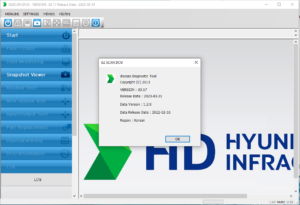









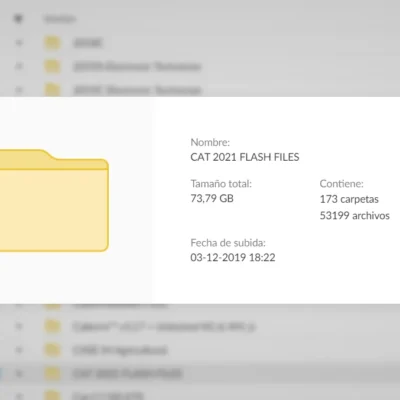


Reviews
Clear filtersThere are no reviews yet.